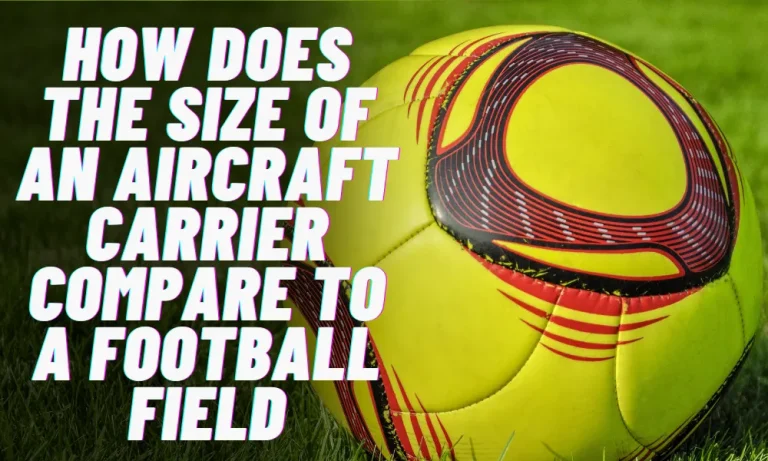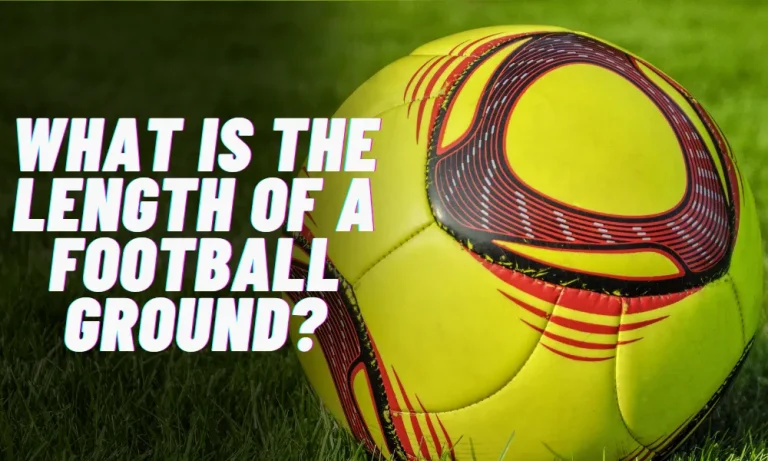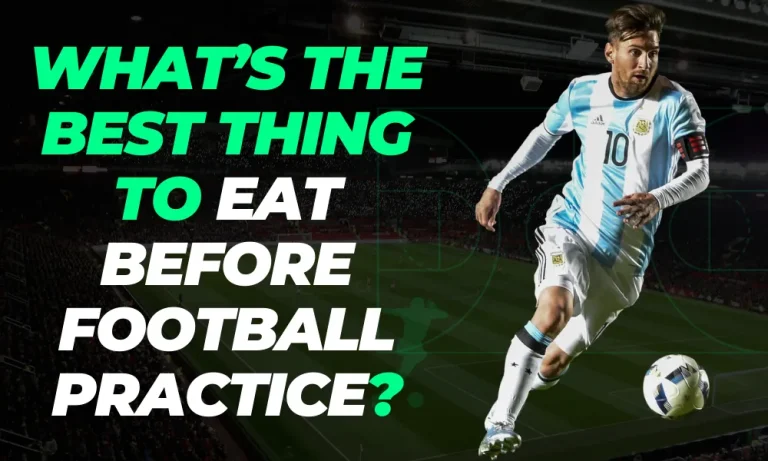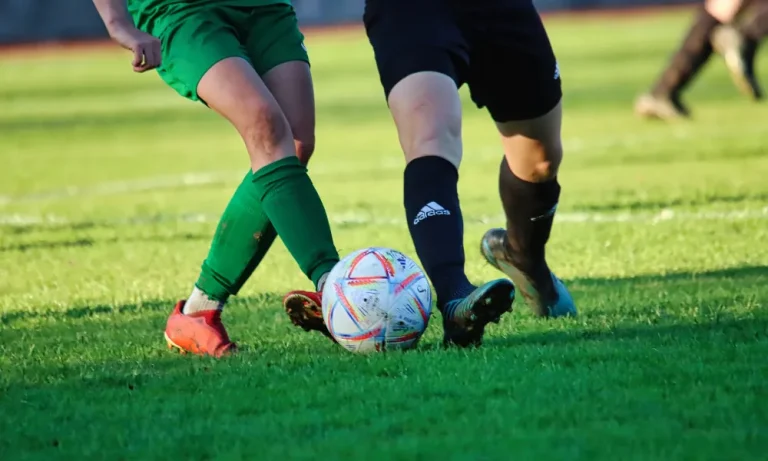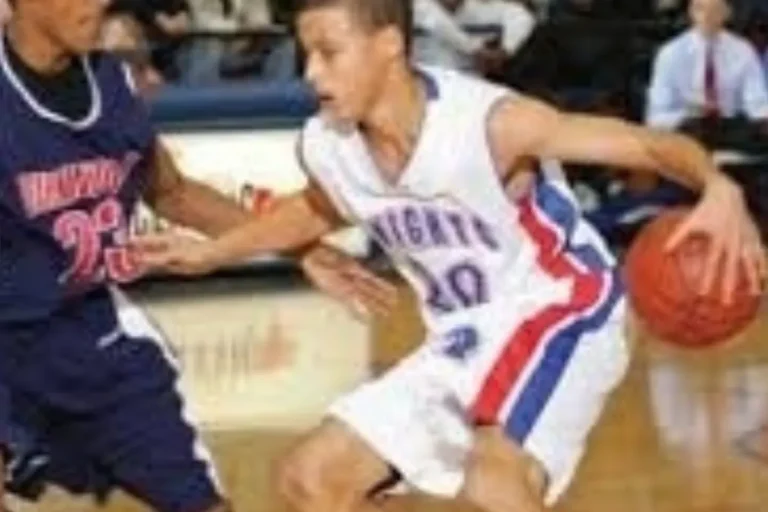What is a Turnover in Football?
In football, a turnover is a game-altering moment when one team loses possession of the ball to the opposing team. It’s like a sudden twist in the game’s plot, and it can completely change the course of a match. Whether it’s a fumble or an interception, turnovers have the power to swing momentum and create scoring opportunities.
Types of Turnovers
When it comes to football, turnovers can occur in various ways, each with its implications.
Fumble: Explanation and Examples
A fumble happens when a player loses control of the ball, resulting in it touching the ground or being recovered by the opposing team. It’s like a moment of chaos on the field, as players scramble to gain possession.
Fumbles can occur during running plays, when the ball carrier is tackled forcefully, or during passing plays when the quarterback fails to maintain a proper grip on the ball.
Interception: Explanation and Examples
An interception takes place when a defensive player catches a pass intended for an offensive player, effectively stealing possession from the opposing team. It’s a thrilling moment that can quickly shift momentum in favor of the defense.
The defensive player must read the quarterback’s intentions, anticipate the pass, and make a well-timed jump or dive to intercept the ball. For instance, envision a cornerback leaping high in the air to snatch a pass intended for a wide receiver, denying the offense a potential completion.
Forced Turnover: Definition and Significance
A forced turnover occurs when the defense actively disrupts the offense’s ball control, causing a fumble or interception. It involves skillful tactics, such as stripping the ball from the ball carrier’s hands or positioning defenders strategically to intercept a pass.
Forced turnovers can be game-changers, as they not only provide the defense with possession but also inject a surge of energy and excitement into the team and fans.
Unforced Turnover: Definition and Impact
In contrast to forced turnovers, unforced turnovers happen due to offensive errors, like mishandling the ball or making poor decisions.
These mistakes can include a quarterback throwing an inaccurate pass that gets intercepted or a running back dropping the ball without any defensive pressure.
Unforced turnovers can be frustrating for the offensive team, as they squander scoring opportunities and give the opposing team an advantage.
Impact of Turnovers on the Game
Turnovers in football have a significant impact on the outcome of a game. They can completely change the momentum, and field position, and even create scoring opportunities.
Momentum Swing
When a turnover occurs, it’s like a sudden shift in the game’s energy. The team that gains possession after a turnover gains a boost of momentum, while the team that committed the turnover faces a setback. This momentum swing can inspire the team with possession, fueling them with confidence and determination.
Conversely, it can deflate the team that lost possession, making it harder for them to regain their footing. A single turnover can have a cascading effect on the entire game, altering the flow and dynamics.
Field Position
Turnovers often result in a change of field position. If a team loses possession deep in their territory, it gives the opposing team an excellent field position to launch an offensive attack.
On the other hand, if the defense forces a turnover near the opponent’s end zone, it sets up the offense with a shorter field, making it easier to score.
Field position plays a crucial role in determining the strategies and options available to both teams, making turnovers a pivotal factor in the game’s outcome.
Scoring Opportunities
Perhaps one of the most significant impacts of turnovers is their direct correlation to scoring opportunities. When a team gains possession due to a turnover, they are presented with a prime chance to capitalize on the mistake made by their opponents.
Whether it’s a fumble recovery near the goal line or an interception that sets up a short field, turnovers often create favorable situations for scoring.
It’s not uncommon to see teams convert turnovers into touchdowns or field goals, making them crucial moments that can determine the final score.
Strategies to Create Turnovers
Creating turnovers is a crucial aspect of football that can tilt the game in favor of the team which can force mistakes. Both the defense and offense play vital roles in either creating or preventing turnovers.
Defensive Techniques
Defensive players have the responsibility of disrupting the offense and creating turnovers. Here are some effective techniques they employ:
- Tackling and Stripping: When making a tackle, defenders aim to strip the ball from the ball carrier’s hands. By targeting the football and using proper technique, such as punching or ripping at the ball, they can increase the chances of a fumble.
- Intercepting Passes: Defensive backs and linebackers must read the quarterback’s eyes and anticipate the pass. By studying formations, recognizing patterns, and maintaining good positioning, they can jump routes and intercept the ball.
- Gang Tackling: Multiple defenders converging on the ball carrier increases the likelihood of a forced fumble. By swarming the ball and executing clean, hard tackles, defenders can dislodge the ball or create chaos for the offense.
Offensive Strategies
While the defense aims to create turnovers, the offense must prioritize ball security to minimize mistakes. Here are some offensive strategies to avoid turnovers:
- Proper Ball Carrying: Running backs and receivers must maintain a firm grip on the football, utilizing techniques like high and tight carries. By keeping the ball close to the body and using two hands when necessary, they can reduce the risk of fumbles.
- Quarterback Decision-Making: Quarterbacks play a crucial role in protecting the ball. They must make smart decisions when throwing, avoiding risky passes into heavy coverage. Reading the defense, identifying open receivers, and throwing accurate passes are key to preventing interceptions.
- Communication and Timing: Miscommunication between the quarterback and receivers can lead to interceptions. Establishing clear routes, practicing timing, and building chemistry through repetitions can minimize the chances of turnovers.
Famous Turnovers in Football History
Throughout the rich history of football, there have been numerous turnovers that have left a lasting impact on the outcome of games. These memorable moments have shaped the course of matches and etched themselves into the annals of football history.
Memorable Turnovers That Influenced the Outcome of Games
Certain turnovers have become iconic due to their significance in determining the final result of a game. From game-changing fumbles to clutch interceptions, these moments have had a profound impact on the teams involved.
They have swung the momentum, shifted the tides, and decided the fate of matches. These turnovers not only showcase the unpredictability of the game but also demonstrate the importance of ball security and defensive playmaking.
FAQs
How is a turnover different from a turnover on downs?
A turnover refers to any loss of possession, including interceptions and fumbles. On the other hand, a turnover on downs specifically occurs when a team fails to convert on fourth down and hands over the ball to the opposing team.
Can a team recover from a turnover?
Yes, a team can recover from a turnover by regaining possession of the ball through a defensive play or by forcing a turnover themselves. Turnovers often provide an opportunity for the opposing team to capitalize, but the game is not necessarily decided solely by turnovers.
Are turnovers always caused by mistakes made by the team in possession?
Not necessarily. While turnovers can occur due to mistakes like fumbles or interceptions, they can also be caused by exceptional defensive plays, such as interceptions made by the opposing team or forced fumbles resulting from strong defensive pressure.
Do turnovers have a significant impact on the outcome of games?
Yes, turnovers can have a significant impact on game outcomes. They can shift momentum, lead to scoring opportunities for the opposing team, and swing the game in favor of one side. Minimizing turnovers and capitalizing on opponent’s mistakes are crucial factors in achieving success in football.
Conclusion
Turnovers hold immense significance in the game of football. They can be game-changers, altering the course of matches and ultimately influencing team success. Analyzing turnover statistics and understanding the factors that affect them provides valuable insights for teams to improve their performance.

